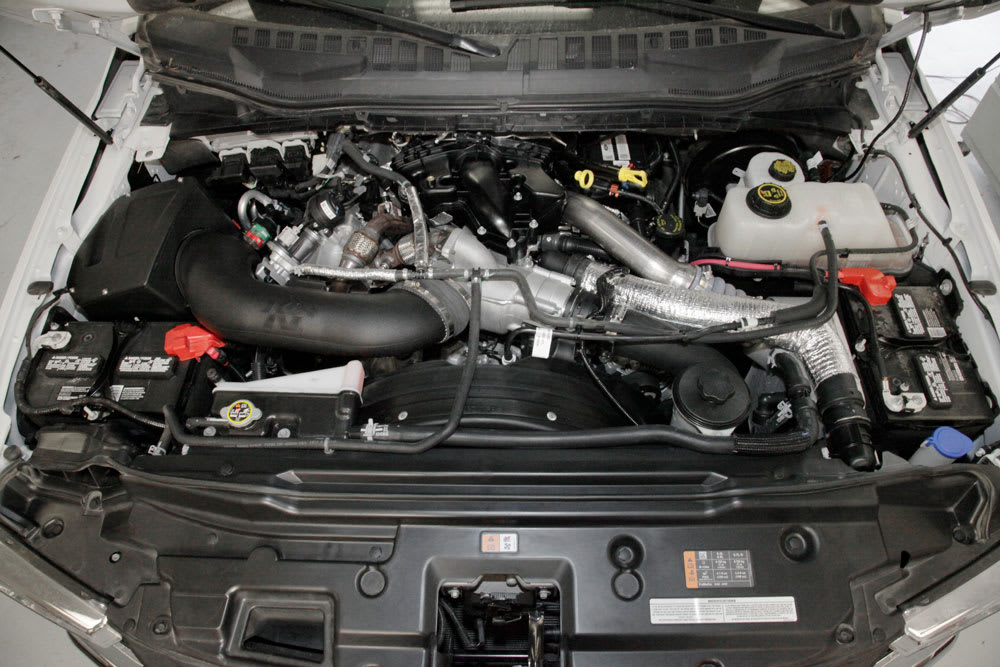

With made improvements, the engine is able to produce even more power.Ħ.7 Power Stroke Engine Problems and Reliabilityįord's 6.7L Power Stroke diesels are solid engines, extremely durable, and reliable, with only a few problems/issues. The fuel system also was upgraded with a higher-flowing Bosh CP4.2 high-pressure fuel pump with a larger stroke and optimized injector nozzles. The GT37 features a larger 88 mm compressor wheel as well as increased turbine wheel to 72.5 mm up from 64 mm in the GT32. In 2015, the GT32 SST turbocharger was replaced by the Garrett GT37 with single VGT. The fuel injectors are capable of pulling off five events per combustion cycle. The Bosch CP4.2 fuel pump supplies fuel under a 30,000 psi for the 19 mm Piezo actuated Bosch injectors with 8 hole nozzles. The 6.7L Power Stroke is equipped with a high-pressure common rail direct injection. The primary and powertrain cooling systems have their own water pump, thermostats, degas bottle, and radiator. This powertrain secondary cooling system is also used for cooling of EGR circuit, transmission fluid, and fuel cooler. The compressed and hot intake air is cooled by a water-to-air intercooler which is connected to a secondary cooling system of the engine. The exhaust volume of this system is smaller, providing a much more dynamically responsiveness of the engine. In engine valley, there is also a Garrett GT32 DualBoost variable geometry single sequential turbocharger (SST). The intake air goes through ports inside the valve covers, while the exhaust gases into exhaust manifolds located in the lifter valley (in a traditional V8 engine, the exhaust exits from the outside). Every valve is equipped with its own rocker arm and pushrod. Each cylinder has for valves (two intake and two exhaust valves 32 valves total). All 6.7L blocks are manufactured by American foundry company, Tupy.įirst for the truck segment, Ford's 6.7L Power Stroke uses cast-aluminum cylinder heads. This affects positively on engine longevity. The engine was equipped with piston cooling jets for lower piston and combustion temperatures.

The connecting rods have an end cap that is rotated 45 degrees to increase strength. The 6.7 Power stroke also features a steel crankshaft, powdered-metal cracked-cap connecting rods made by Mahle, and Federal Mogul cast-aluminum pistons. This block layout in addition to the CGI material provides significant weight savings over the 6.4L predecessor. Its deep-skirt block also has nodular iron six-bolt main caps highly common on the 7.3L Power Stroke instead of the 6.4L's bed plate. While the majority of current diesel engines use heavy cast iron, the 6.7L Power Stroke has a cylinder block made from compacted graphite iron (CGI).


 0 kommentar(er)
0 kommentar(er)
